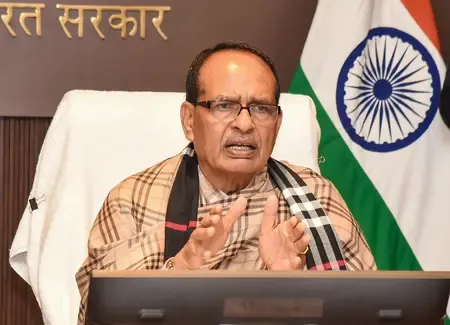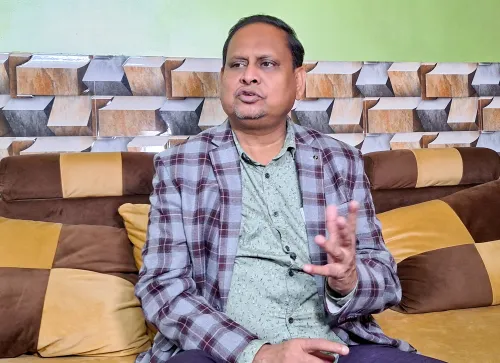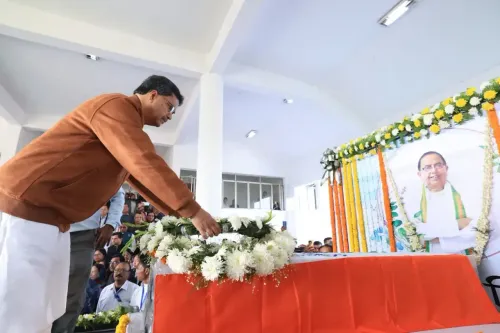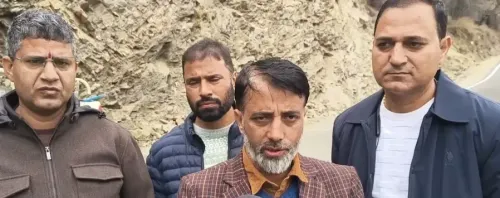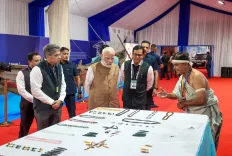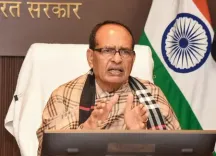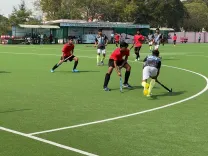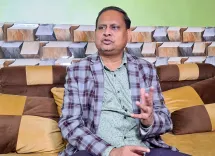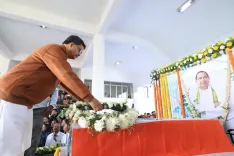How Has Bihar’s Vaishali Benefited from the New Paved Road Under Pradhan Mantri Gram Sadak Yojana?
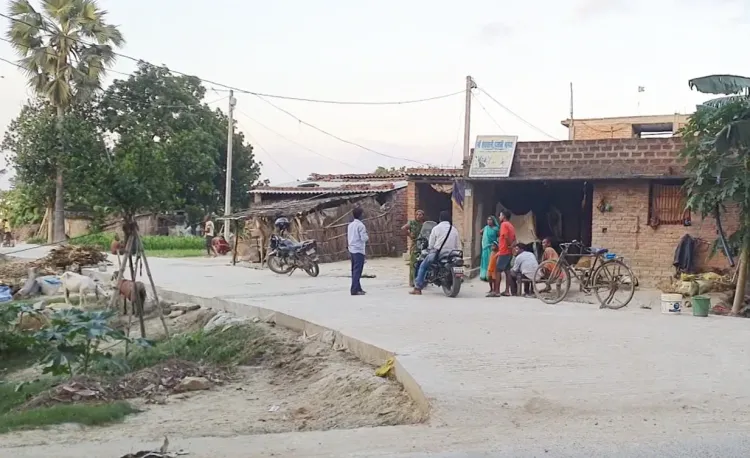
Synopsis
Key Takeaways
- Newly constructed road improves accessibility in Mahindwada.
- Enhances safety for children commuting to school.
- Part of PMGSY aimed at rural connectivity.
- Over 6,80,040 km of roads constructed under PMGSY.
- Local governance plays a vital role in project prioritization.
Vaishali, July 10 (NationPress) A newly constructed paved road under the Pradhan Mantri Gram Sadak Yojana (PMGSY) is providing much-needed relief to the residents of ward number 13 in Mahindwada Panchayat, located in the Mahnar block of Bihar’s Vaishali district.
Initiated by the Government of India, PMGSY is designed to ensure all-weather road connectivity to rural areas that were previously unconnected, forming an integral part of a larger strategy to alleviate poverty.
The program establishes high and uniform standards for technical and management practices while promoting state-level policy initiatives to secure sustainable management of rural road infrastructures.
Residents of Mahindwada expressed to IANS how the newly built road has significantly improved their day-to-day lives.
Savita Kumari, a local inhabitant, stated, “In the past, we experienced severe waterlogging in ward number 13. Thanks to PMGSY, a proper paved road has now been constructed, simplifying our daily routines. Children can now travel to school without any issues. Previously, we had to navigate broken and unsafe roads, which posed serious risks.”
Anand Paswan added, “Before, we only had a kutcha road, making travel very challenging. That has been resolved now. We are grateful to the Prime Minister for this initiative.”
According to the latest data from state surveys identifying the Core Network for PMGSY, approximately 1.67 lakh unconnected habitations qualify for coverage, equating to around 3.71 lakh km of new roads and an additional 3.68 lakh km to be upgraded.
As of December 8, 2021, a total of 6,80,040 km of roads have been constructed under various phases of PMGSY. The primary goal of the scheme is to create durable, all-weather roads that link rural areas to markets, schools, and healthcare facilities. Panchayati Raj institutions and elected local representatives play a vital role in determining which habitations receive connectivity priority.
Initially, PMGSY was entirely funded by the central government until 2015–16. Since then, funding responsibilities have been divided. For North-Eastern and Himalayan states such as Jammu & Kashmir, Uttarakhand, and Himachal Pradesh, the Union government covers 90 percent of the costs, with states contributing 10 percent. In other states, the Centre provides about 60 percent of funding while state governments cover the remaining 40 percent.


